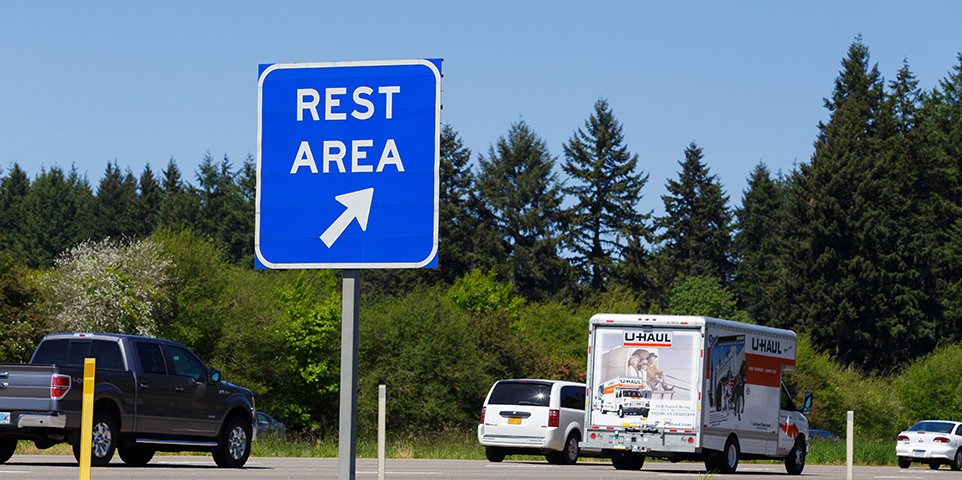MEMBERSHIP
AMPLIFY
EN ESPAÑOL
Connect With Us
- Popular search terms
- Automobile
- Home + Renters
- Claims
- Fraud
- Hurricane
- Popular Topics
- Automobile
- Home + Renters
- The Basics
- Disaster + Preparation
- Life Insurance

Results of fatigue from any cause include impaired cognition and performance, motor vehicle crashes, workplace accidents, and health consequences. Research shows that fatigue is a significant factor in motor vehicle, commercial trucking and rail collisions.
|
(1) Number of drivers and motorcycle operators.
(2) The sum of the numbers and percentages is greater than total drivers as more than one factor may be present for the same driver.
Source: U.S. Department of Transportation, National Highway Traffic Safety Administration.
Centers for Disease Control and Prevention, Drowsy Driving: Asleep at the Wheel.
National Safety Council, Drivers are Falling Asleep Behind the Wheel.